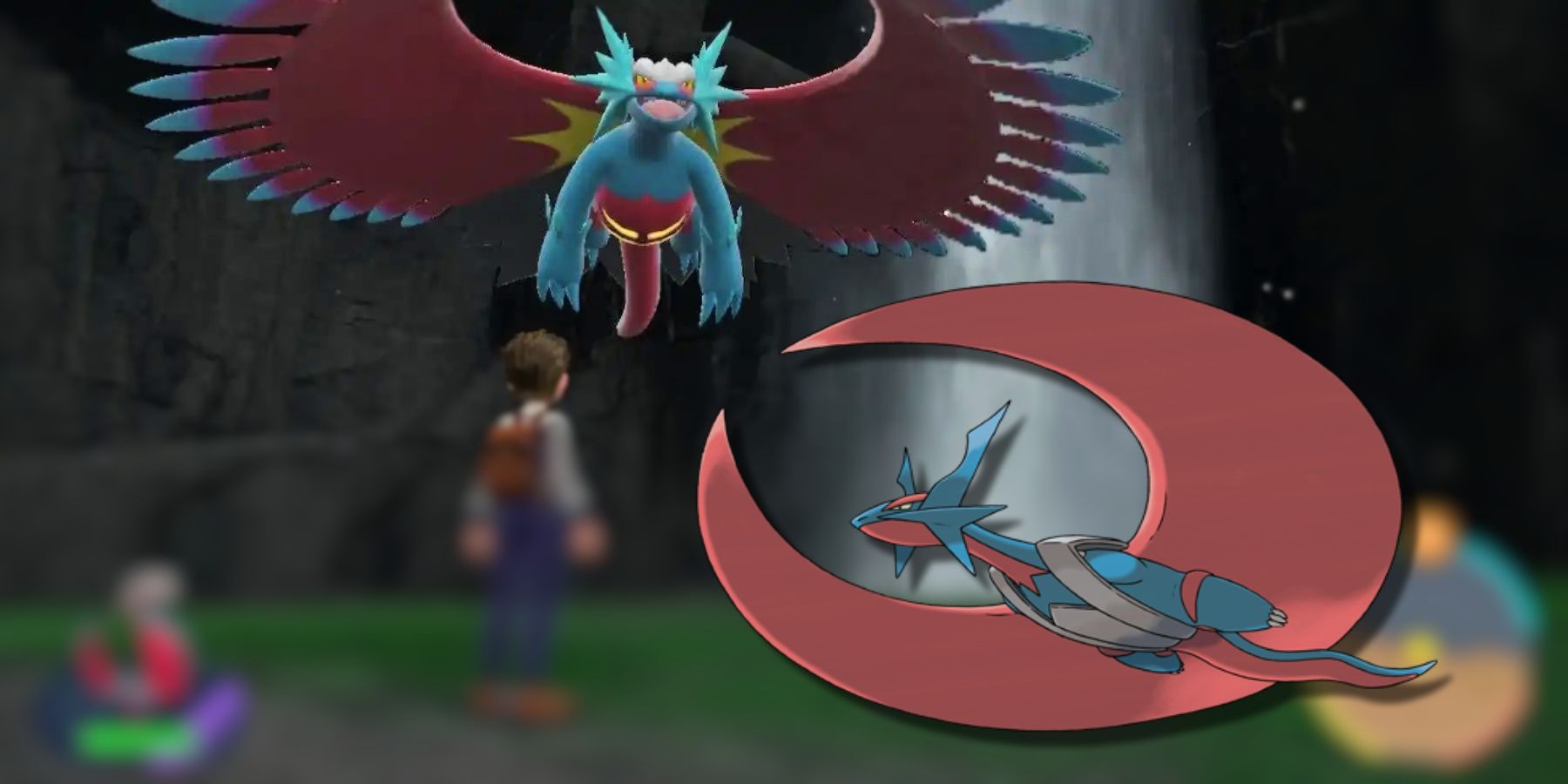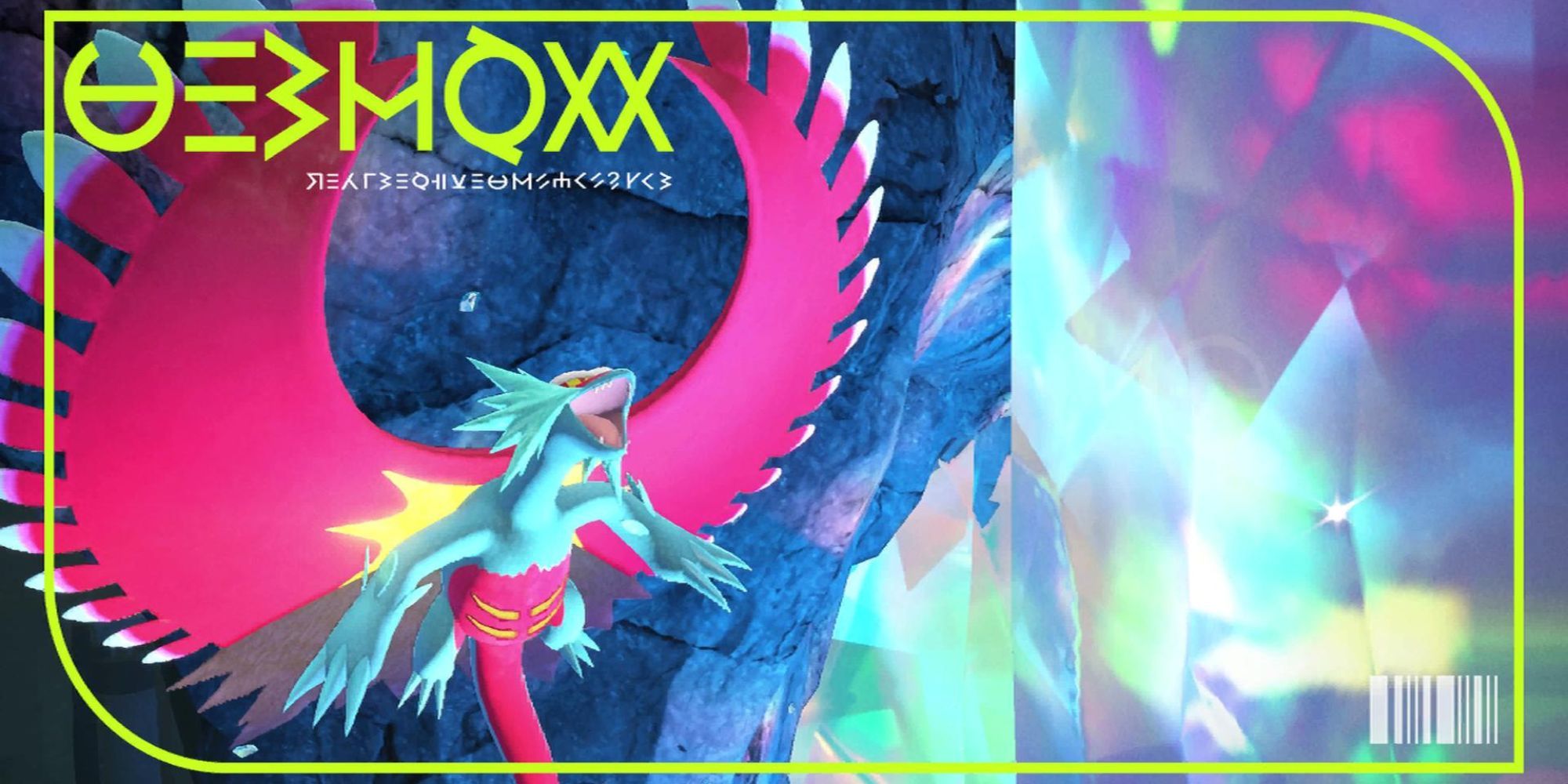Pokemon Scarlet and Violet feature the highest number of new pocket monsters ever since Gen 5, with a total of 103 new critters, and this is great for the future of the franchise because generations to come might go back to past standards in terms of how many Pokemon they add. Gen 9 is also filled with one-stage Pokemon that never evolve, but a good chunk of them come from one of the new gimmicks introduced with Pokemon Scarlet and Violet - namely, Paradox Pokemon. There are a total of sixteen Paradox Pokemon in Gen 9, and they are split into two main clusters of eight each, one per version.
Paradox Pokemon are the most notable version exclusives in Pokemon Scarlet and Violet, as they are quite different designs for returning critters, but with the caveat that Scarlet's Paradox Pokemon share ancient themes and Violet's are more futuristic, with digital eyes and metal bodies. Paradox Pokemon are not for everyone, in the sense that many players will like them a lot or possibly hate them, as they are a kind of hit-or-miss gimmick due to them not being completely new pocket monsters. Still, among them is a Paradox Pokemon that is making the rounds online because of how many trainers are praising it for multiple reasons, and this one is called Roaring Moon.
Why Pokemon Scarlet's Roaring Moon is More Popular Than Violet's Paradox Pokemon
Roaring Moon is Paradox Salamence, and it is exclusive to Pokemon Scarlet, whereas its Violet counterpart is actually Iron Valiant, a Paradox Pokemon that is a sort of fusion between Gallade and Gardevoir. Some players are disappointed by this because they believed that Paradox Tyranitar, later revealed to be called Iron Thorns, would be Roaring Moon's counterpart, in the sense that they would be the strongest in their clusters aside from the box Legendaries for Gen 9, Koraidon and Miraidon, which are Paradox Pokemon themselves.
This is because both Salamence and Tyranitar are originally pseudo-Legendaries, and thus were believed to be chosen specifically for the role of "leading" Paradox Pokemon together. Instead, because Roaring Moon is intended to be the most powerful of Pokemon Scarlet and Violet's Paradox Pokemon, it is inadvertently stealing the show from all other Paradoxes, as it is a new form for a fan-favorite critter. In fact, Salamence has always been one of the pocket monsters that fans prefer in every generation if available, and its popularity skyrocketed, even more, when it first got a Mega Evolution in Gen 6 games.
Furthermore, because Roaring Moon is designed as the best Paradox Pokemon of the Scarlet cluster, it has the highest base stat total in its group, with the baseline value being 570, whereas Roaring Moon's is 590. Its type combination is also particularly good, with Dragon and Dark yielding a total of 6 resistances and the immunity to Psychic moves at the cost of four regular weaknesses and a 4x weakness to Fairy. However, thanks to Pokemon Scarlet and Violet's Terastallization, Roaring Moon doesn't suffer too much from these problems because its types can be changed into something else, like Steel, to make it bulkier and still retain its STAB damage for Dragon and Dark.
Finally, Roaring Moon's popularity is likely also due to the fact that its appearance changes drastically from that of regular Salamence, which is not always true for all Paradox Pokemon, and particularly so for a handful of them. Instead, Pokemon Scarlet and Violet's Paradox Salamence almost seems like a different Pokemon altogether. Overall, fans are seemingly preferring Pokemon Scarlet's Paradox Pokemon to Violet's, and it's quite plausible that Roaring Moon is the root cause.
Pokemon Scarlet and Violet are available now on Nintendo Switch.


